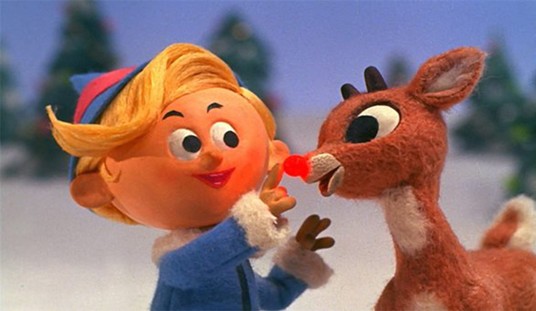
Following the 2010 NHL Championship player Kris Versteeg of the Chicago Blackhawks was gathered with his family when a bold prediction was made. His brother stated he was sure the player’s name would be misspelled. This was quite predictive, as once the new winner’s engraving was revealed it turned out the uncomplicated Dutch surname was a challenge; the “S” and “T” were transposed.
The affable right winger took the slight in good nature, saying his career may not be historic but he would be known historically as one of the Cup’s errors. League officials took away that notoriety however. Much like other contemporary spell checks (Adam Deadmarsh, Manny Legace, Eric Staal) Versteeg’s name was corrected. However a number of other erroneous misprints exist for historical posterity.
Following the addition of last season’s Pittsburgh Penguins the current version of The Stanley Cup sports over 2,500 names. This has not always been League tradition. The first team to be honored on the Cup was the 1907 Montreal Wanderers, who are actually “in” the Cup. Team representatives took it upon themselves to engrave player names upon the inner base of The Cup. The league officially undertook the tradition of printing the winning roster in 1924, and this caused the trophy to grow to a symmetrical tower of rings. Problems with accuracy grew right along with it.

Before Versteeg’s verite’ problem another Blackhawk had a naming issue. Pete Palangio appears twice in 1938 due to his name lacking a letter on first strike. Likewise in 1942 Turk Broda is listed twice, the first time appearing as his given name, Walter. The 1952 Champion Red Wings sport 2 misspellings – Alex Delvecchio has his last name beginning with a “B”, and coach Tommy Ivan was given a superfluous letter, appearing as “NIVAN”.
Montreal Goaltending legend Jacques Plante holds the honor of being the most misspelled player in Cup history. From 1956-1960 The Canadiens won a staggering five consecutive championships. Amazingly Plante has his name spelled differently in each of the five entries: J. Plante, Jacques Plante, Jac Plante, Jacq Plante, and Jaques Plante. In similar fashion his teammate Dickie Moore sports as many variations — D. Moore, Richard Moore, R. Moore, Dickie Moore, Rich Moore.
Then there is the case of the redacted name. The NHL has relaxed its standards over the years, from printing just the roster of players to also include the coaching staff, and eventually the owners. The modern era of ownership groups has led to expanded lists — the 1998 Red Wings team holds the record for the largest with 55 names listed that season. However there are limits. In 1984 the owner of the Winning Edmonton Oilers Peter Pocklington submitted the team name list, with his father’s name included. However after engraving the League dictated this was not approved, as he was not part of team ownership. Therefore Basil Pocklington has been “erased”, as that year now sports a row of the letter “X” sixteen times over his name.

Players are not the only ones to suffer the ignominy of inept naming. Three times teams have found they won the sport’s top prize only to be memorialized inaccurately. In 1963 Toronto found themselves noted as the Maple “LEAES”. In 1972 the engravers must have been running low on vowels, as that year the Bruins hailed from “BQSTQN”. Later the southernmost New York team had one of its dynasty years commemorated phonetically, as the “ILANDERS”.
The NHL is content to let these variables remain part of Cup Lore. Not only are these errors repairable but there was the chance to correct them all. Because what we have all become familiar with is not The Stanley Cup. The original trophy was commissioned by British noble Lord Stanley in the late 1800s. Over numerous seasons the trophy had been given less-than-loving attention by recipients. Among just a few of the historical tales sees the trophy being abandoned on the side of the road, and drop-kicked into a frozen canal. By the 1960s the silver chalice was found to be in brittle condition.
One silversmith described holding The Cup felt like holding glass. Thus in the 1960s the League commissioned for a replica to be created. Instead of correcting and rectifying the issues the League ordered that all of the Stanley Cup features be painstakingly replicated. This includes the use of various typefaces to match those used over the decades, and all of the gouges and scratches were to be replicated – and all of the misspellings.
Considering the game is played by men with missing teeth and numerous scars it is more than appropriate the biggest prize in the game resembles the warriors who vie for it.















Join the conversation as a VIP Member